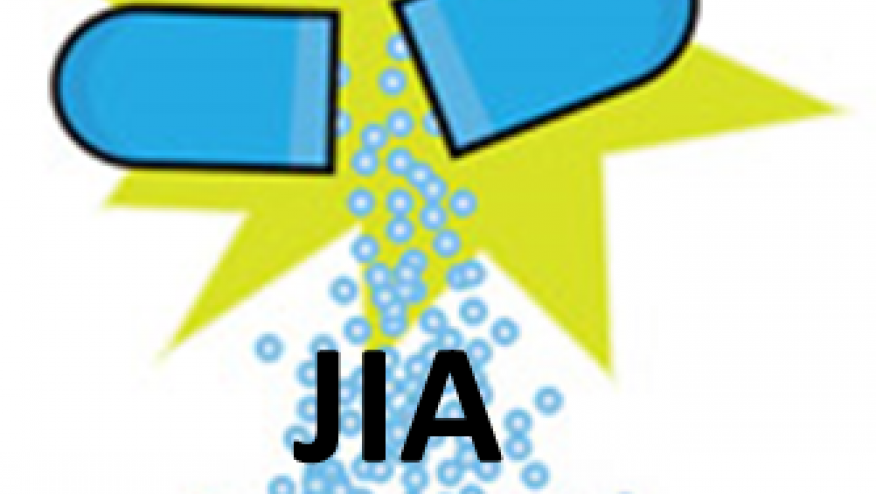Trends in DMARD Use in Juvenile Arthritis 2001-2022 Save

Arthritis & Rheumatology reports that treatment trends in juvenile idiopathic arthritis (JIA) in the last two decades finds rising use of newer biologic and targeted synthetic DMARDs coupled with a decline in conventional DMARD use. Adalimumab is most used b/tsDMARD after csDMARDs.
A commercial claims data analysis (2000-2022) looked at use of conventional synthetic (cs), biologic (b), or targeted synthetic (ts) DMARDs in children with JIA (ages 1-18 yrs).
The study included 20,258 new DMARD starts in 13,696 JIA patients (median age 14 years, 67.5% female). Key findings included:
- csDMARDs declined (89.5% to 43.2%) between 2001-2022 (p<0.001)
- bDMARD use increased (10.5-50.0%, p<0.001)
- Adalimumab use doubled (7.0-14.0%, 2007-2008) after JIA approval, increasing further following a less painful formulation release (20.5%, 2022, p<0.001)
- Etanercept peaked at 28.3% (2006) but declined to 4.2% by 2022) (p=0.002)
- In this era other b/tsDMARDs increased, particularly ustekinumab, abatacept, secukinumab (these accounted for 17.3% of new scripts for any DMARD by 2022)
- Tofacitinib increased from 2.9% at approval (2020) to 5.2% (2021) but in 2022 dropped to 3.7%
Trends in DMARD use in JIA has evolved relative to multiple factors, including regulatory approvals and tolerability.










If you are a health practitioner, you may Login/Register to comment.
Due to the nature of these comment forums, only health practitioners are allowed to comment at this time.